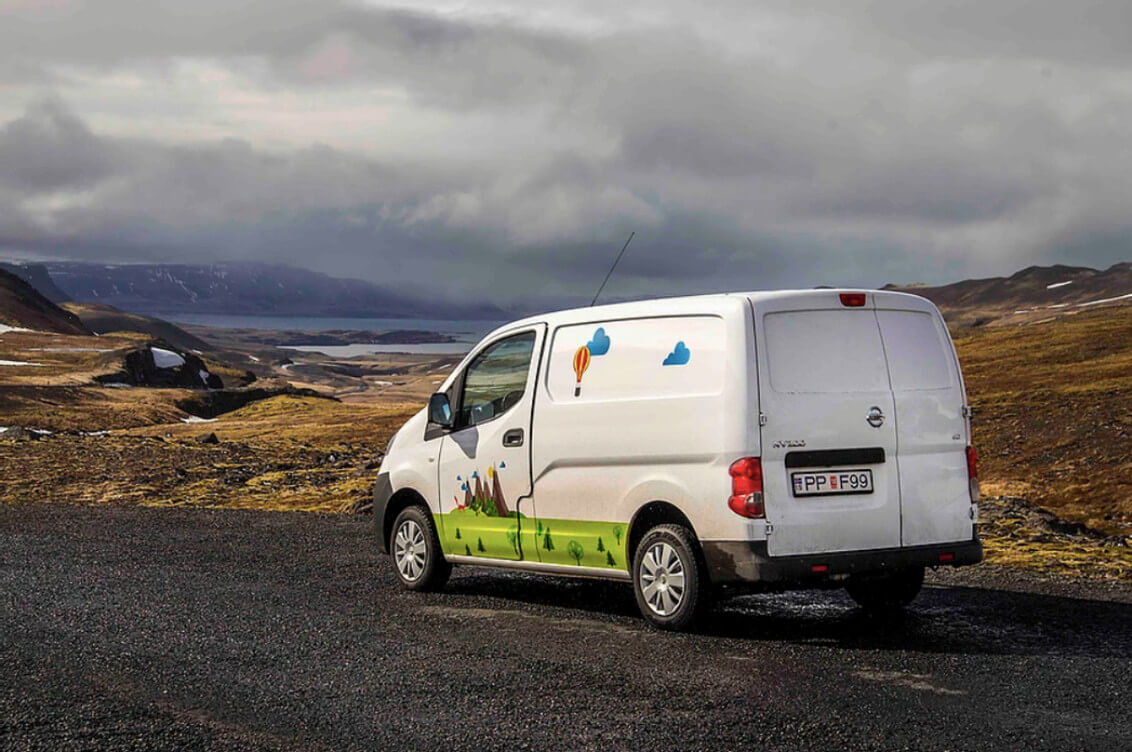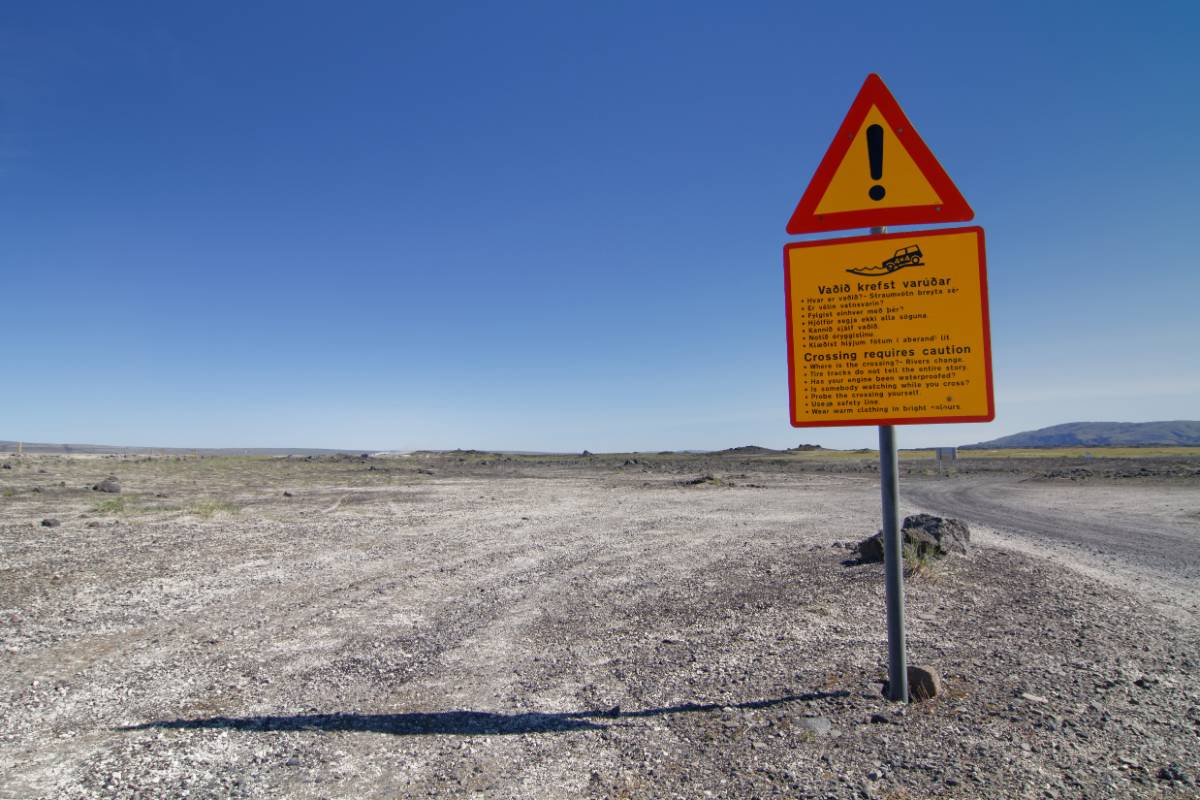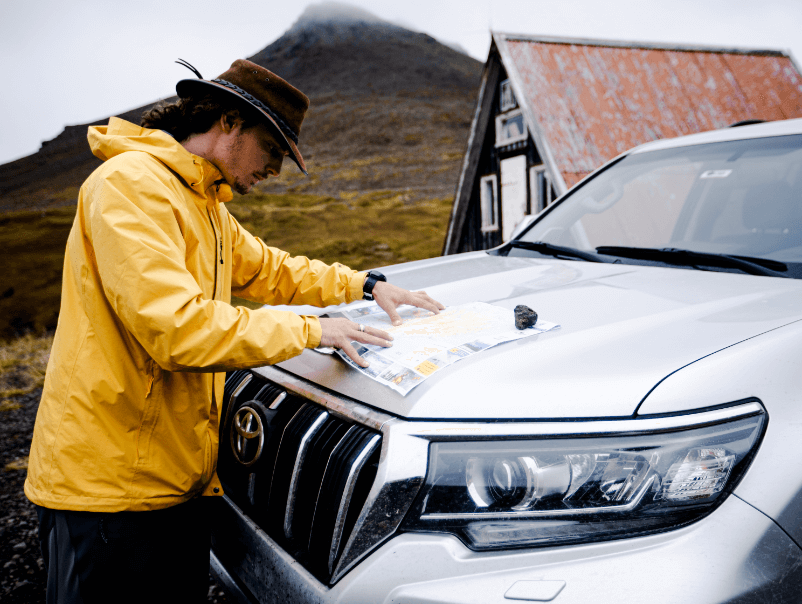There is no better way to explore the island than by road-tripping around it. However, driving in Iceland can be challenging due to various factors, including the weather, road conditions, and annual road closures, which may impact your journey. This begs the question: is driving in Iceland in Autumn a good idea?
Albeit short, this shoulder season may be one of the best driving options for a variety of reasons. From traveling through a landscape awash with colors of deep reds, golds, and oranges to the potential Northern Light sighting – Autumn in Iceland offers the best of both our summer and winter worlds. Here’s what to expect so you can make a well-informed decision on whether Autumn is the right road trip fit for you:
Why Consider Driving in Iceland in Autumn?
October marks the official start of Fall in Iceland. Although summer has faded, the island has been hit by a colorful explosion, as if it has finally caught up to famous sites such as the colorful Landmannalaugar. The landscape turns into a tapestry of warm colors as the temperatures begin to drop. But it’s not just the beauty of this period that attracts people to Iceland in October:
- It seems like the island’s daylight hours have reached a compromising agreement with the darkness. Even though you’ll still have more than enough hours to explore the island thoroughly, the increased darkness once again makes spotting the Northern Lights a possibility.
- With peak season officially in the rearview mirror, peak season crowds and peak season prices are also something of the past. October in Iceland means not worrying about additional traffic on the roads or at local attractions and an overall more budget-friendly trip.
- The temperatures may have dropped, but it’s nowhere near those freezing temperatures of our winter season. And our harsher weather conditions, such as blizzards and winds of 35+ kilometers an hour, haven’t made their appearance yet. This makes October the perfect period of weather “limbo” to drive around and explore the island.
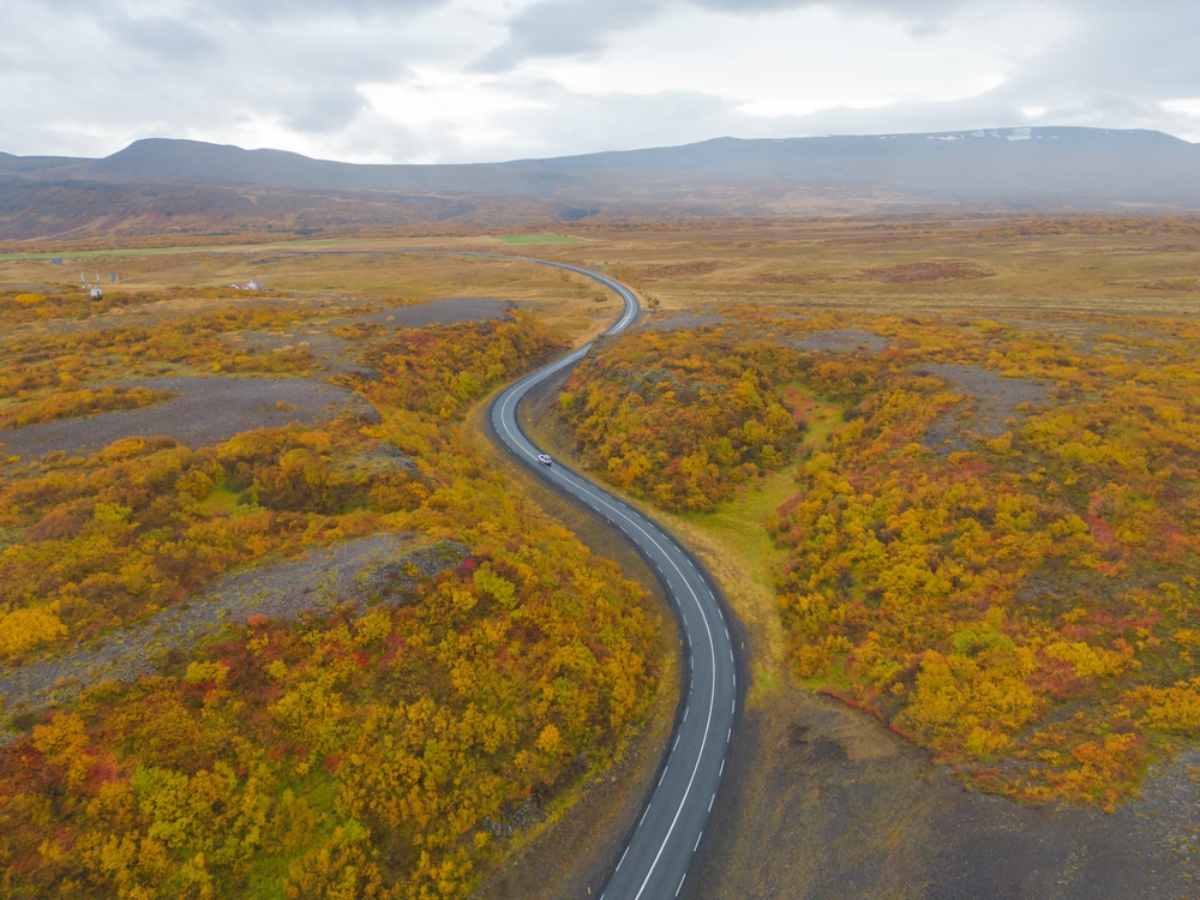
The Weather in Iceland in the Fall
October may mark the official beginning of Fall after summer's steady decline in September. Still, Fall in Iceland may not be what you’re used to back home. The Fall you’ll be greeted with here in Iceland will also differ significantly depending on whether you’ll be visiting the north or the south of the island. Here’s what you should know:
| Month | Average Temperature (°C / °F) | Average Daylight Hours | Notes |
|---|---|---|---|
| September | 7–11°C / 45–52°F | 13–15 hours | Crisp, cool air; still good for hiking and sightseeing. Start of Northern Lights season. |
| October | 2–7°C / 36–45°F | 9–11 hours | Unpredictable weather; rain and wind increase. Excellent for Northern Lights hunters. |
| November | -3–3°C / 27–37°F | 5–8 hours | Short days and icy roads begin. Peak Aurora Borealis viewing time. |
Fall in the North
The weather in the north is notoriously colder and harsher than in the rest of the country. If you’re planning on driving in Iceland in Autumn and have your sights set on exploring the north, you need to know that winter usually comes earlier and normally lingers longer.
So, you can already expect the first snowfall in the north by late October. Temperature-wise, averages can range from 5 degrees Celsius (41 degrees Fahrenheit) in early October to 1 degree Celsius (34 degrees Fahrenheit) by the end of November.
Fall in the South
The South will always be a safer bet when it comes to weather. You might experience some rain and some frost, and our legendary winds will have begun picking up speed when you visit Iceland in the Fall, but it’s nowhere near winter extremes, so driving in Iceland in the Fall is still a 'light breeze'.
Proper snowfall, where the landscape doesn’t just get a light dusting of powdered snow, usually only starts from mid-to-late November. As for the temperatures, you can expect averages between 7 degrees Celsius (45 degrees Fahrenheit) and 2 degrees Celsius (36 degrees Fahrenheit) from October to November.
Road Conditions in Iceland in the Fall
Between annual road closures and the weather heading towards the winter season, there are a few things to know about the road conditions before you begin driving around Iceland in the Fall:
On Iceland's Main Roads
In autumn, Iceland's Ring road and main roads are paved and well-maintained. That means they are accessible all year round unless there are unforeseen circumstances or a sudden, severe change in the weather. You’ll be glad to hear that some of our most popular road trip routes are on our main roads, including the Golden Circle, the Ring Road, the South Coast Way, and the Diamond Circle.
However, you’ll need to keep in mind that most of the Diamond Circle and part of the Ring Road run through the northern regions, making it highly susceptible to harsher weather conditions.
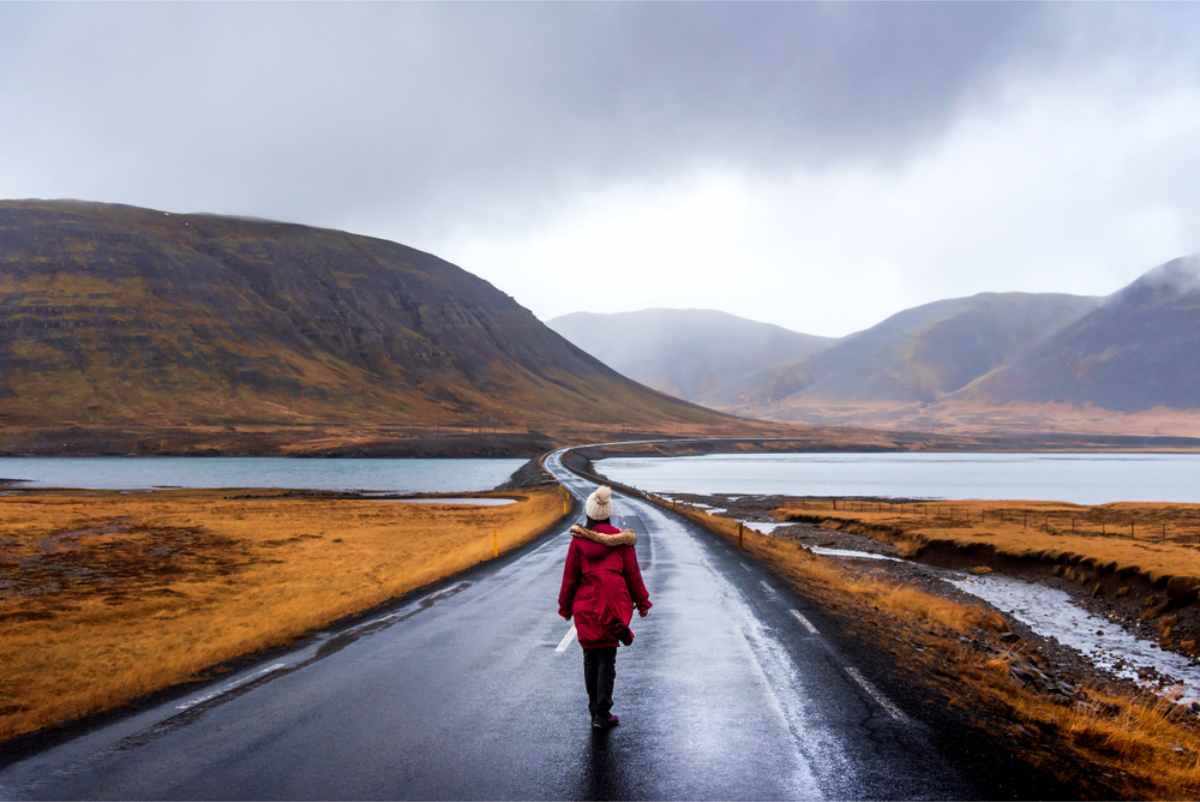
On Bumpy Gravel Roads
Many of our “off-the-beaten-path” smaller detour trails and even just the off-ramps to local attractions are via gravel roads. But unless you’re planning on exploring the Icelandic wilderness, most of these gravel roads are also well-kept and maintained. As long as you take them on in a 4x4, you’ll have nothing to worry about.
Most off-road routes to local attractions can even be tackled with a normal 2-wheel drive vehicle. The only things to look out for are melted frost or rain, which can leave these roads muddy and slippery. In these instances, a slow and steady pace with a dash of extra caution is all you need to reach your destination safely.
On Our Gravel Roads in Remote Areas
These are usually the roads for those adventurous at heart. While you’ll still be able to drive these roads in Iceland in the fall (as long as the weather permits), we won’t recommend these routes without a proper 4x4 vehicle and some 4x4 driving experience under your belt.
Our F-roads (aka Highland Mountain Roads)
Our rough-and-tough F-roads, which allow you to explore the Highlands and some areas of the Westfjords, are closed on an annual basis. So, unfortunately, most of these roads will already be closed by mid-September, which means that driving the F-roads in Iceland in autumn won’t be possible.
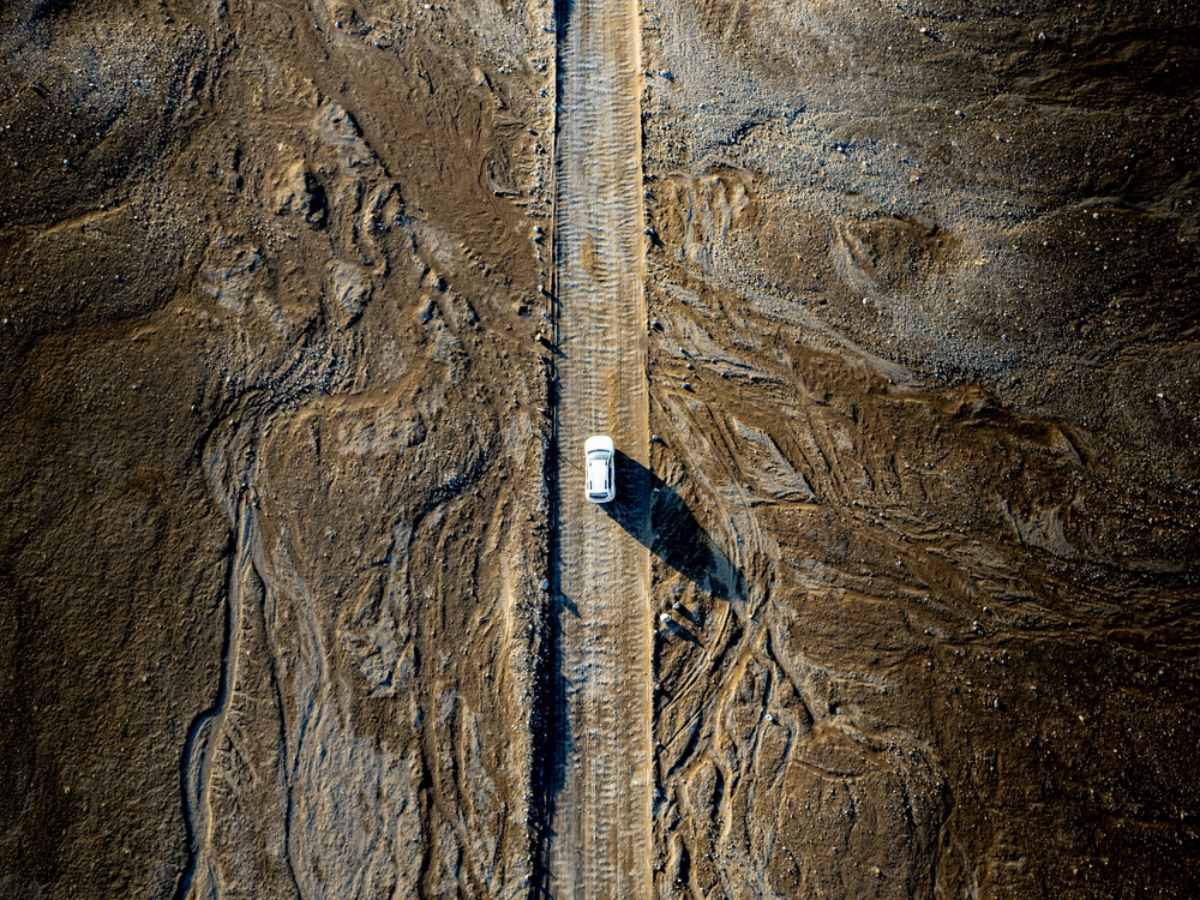
Is It Safe to Drive in Iceland in Fall?
Driving in Iceland in the fall can be, for most, a truly unique experience. The roads are quieter, the landscapes are ablaze with autumn colors, and the Northern Lights often make their first appearances of the season. But it’s also a time when weather conditions can shift rapidly: sunshine one minute, wind or rain the next. With a bit of preparation and the right vehicle, you can explore Iceland safely and confidently throughout the fall.
Do You Need a 4x4 for Fall Driving?
That depends on where you're going. If you're sticking to the main Ring Road or exploring popular fall routes like the Golden Circle, a 2WD car may suffice. But if you're planning detours to gravel paths or driving through unpredictable terrain, a 4x4 rental in Iceland is your best bet for safety and comfort, especially as conditions become more variable in October and November.
Insurance Recommendations From Local Experts
Fall in Iceland brings wind, rain, and sometimes early snow, all of which can affect driving. It’s wise to add extra protection like Gravel Protection, Sand and Ash Insurance, and Super Collision Damage Waiver (SCDW) to your rental; you can check our extras page to get additional information. These optional add-ons can save you from big repair costs and keep your autumn road trip worry-free.
Safety Tips for Wind and Weather
Before setting out, check vedur.is for weather updates and road.is for real-time road conditions. Fall storms can be sudden and powerful, especially along the south coast. Always open your car doors with two hands—strong gusts can easily cause damage. And remember: in Iceland, it’s better to wait out a storm than to try to outrun it.
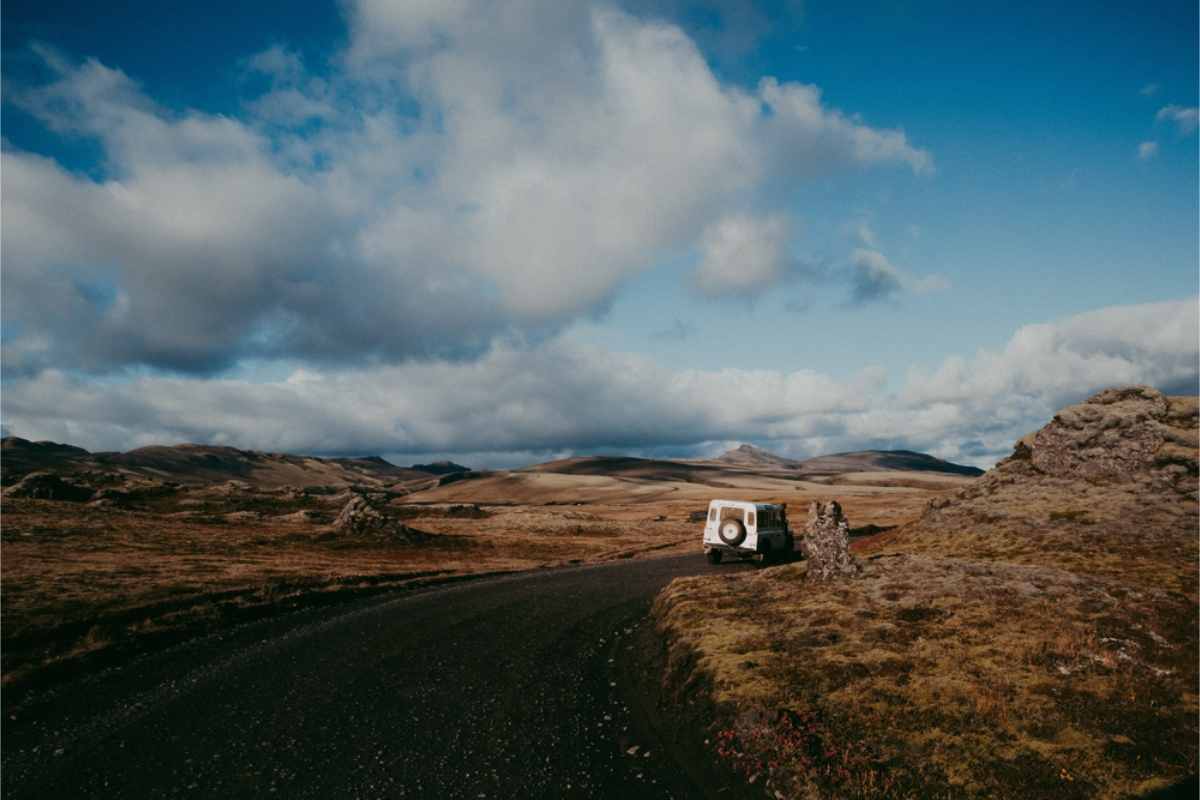
Recommended Autumn Routes in Iceland
Fall is a fantastic time to hit the road in Iceland. The golden hues of the moss, fewer tourists, and crisp air make it ideal for peaceful exploration. Here are a few top routes for fall road trips in Iceland:
The Ring Road
The ultimate Iceland road trip. Circle the island on this well-maintained highway and take in waterfalls, volcanic fields, and fjords. Fall means fewer cars and magical scenery, with a high chance of spotting the Northern Lights after dusk.
The Golden Circle
Short on time? This 300 km loop is perfect for fall. Visit Þingvellir National Park, Geysir, and Gullfoss—all within a day’s drive from Reykjavík. Roads are paved and accessible, and fall colors make the landscapes even more breathtaking.
South Coast Highlights
From Seljalandsfoss to the black sands of Reynisfjara, Iceland’s south coast is a dream in fall. Drive slowly, as winds can be strong in this region, and make time for stops at quiet villages and hot springs along the way.
Tips for Driving in Iceland in Autumn
If this will be your first time driving in Iceland in autumn, the following tips and advice will come in handy:
- Always keep a close eye on the weather via vedur.is and our road conditions via umferdin.is.
- If the wind has begun to pick up, ensure you always have a firm grip on the vehicle doors when getting in or out. We’ve had instances where car doors were damaged and, in extreme cases, the entire door was ripped off its hinges!
- Discuss your road trip route with your rental agent so they can advise on whether it’ll be best to go with a 4x4 option.
- Also, discuss your road trip route with your rental agent so they can advise on whether you have sufficient insurance coverage. For example, if you’re planning on driving the South Coast Way, Sand and Ash Insurance is a must.
- Be on the lookout for discounts! Fall is notorious for having all sorts of specials awaiting visitors, so chat with your rental agent about any potential deals with local partners, and also specifically ask when booking your campsite or camper parking spot.
- It is illegal to camp or park if it’s not marked as a specific camp or parking spot. Stick to this rule, and you will avoid fines that can devour a holiday budget within seconds.

Frequently Asked Questions
Is it safe to drive in Iceland in October?
Yes, driving in Iceland in October is generally safe, but weather conditions can change quickly. Be prepared for shorter daylight hours, icy roads, and strong winds, especially in the highlands and remote areas. Always check road and weather conditions at road.is and vedur.is before setting out.
Do I need winter tires in autumn?
Absolutely. In Iceland, vehicles are typically equipped with winter tires starting in November. These are essential for safe driving, especially when roads begin to freeze or snow falls unexpectedly. Your rental car should come with the proper seasonal tires.
Can you see the Northern Lights in autumn?
Yes! Autumn is one of the best times to spot the Northern Lights in Iceland. From September to November, the skies are dark enough, and weather conditions are still relatively mild. Just make sure to get away from city lights and check aurora forecasts for the best chance to catch the show.
Driving in Iceland in Autumn: Does the “In-between” Work Best?
Now that you’ve seen what to expect from driving in Iceland in autumn, it’s up to you to make the call: does the “in-between” of Fall in Iceland work best for you? It’s the Goldilocks of road-tripping: not too hot, but also not too cold; not too many daylight hours, but also not too few; summer activities and sights are still an option, but you can also start experiencing some winter musts.
If this sounds like the perfect conditions for your road trip adventure, then the only thing left to do is start planning, preparing, renting that campervan in Iceland this autumn, and hitting the road through the red, orange, and gold landscape!


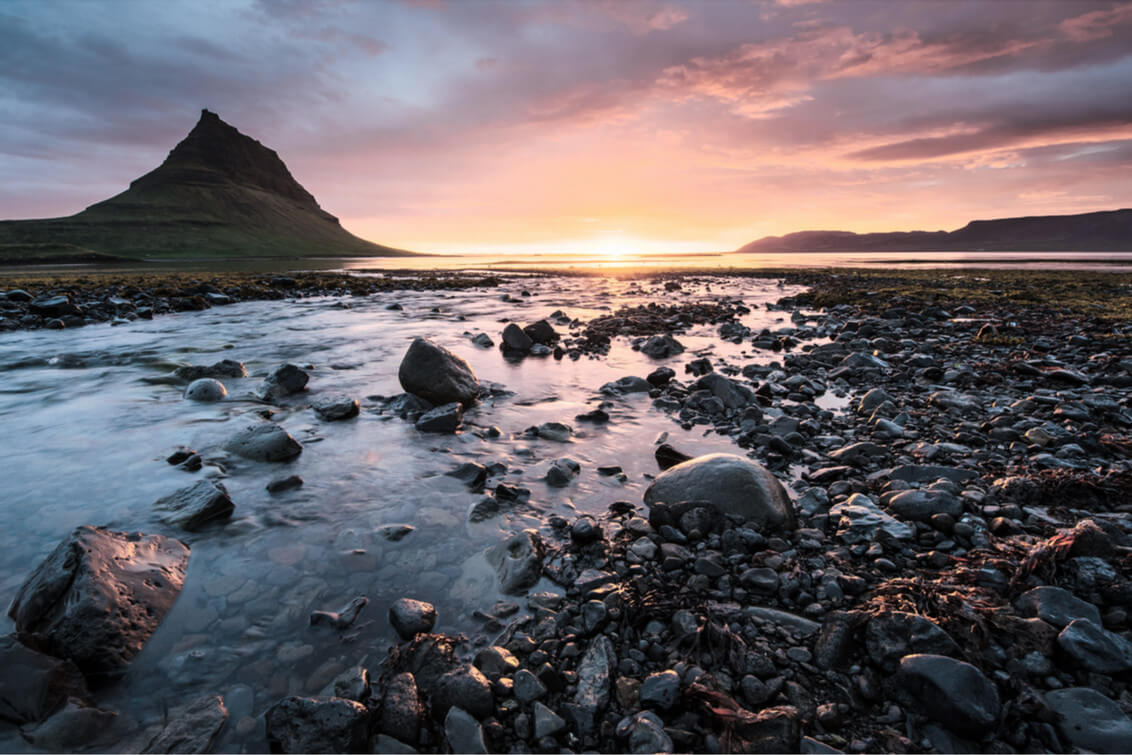
 By
By 
